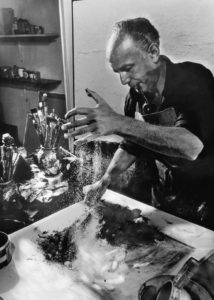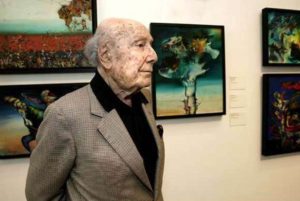
1909 - 2008
Enrico Donati
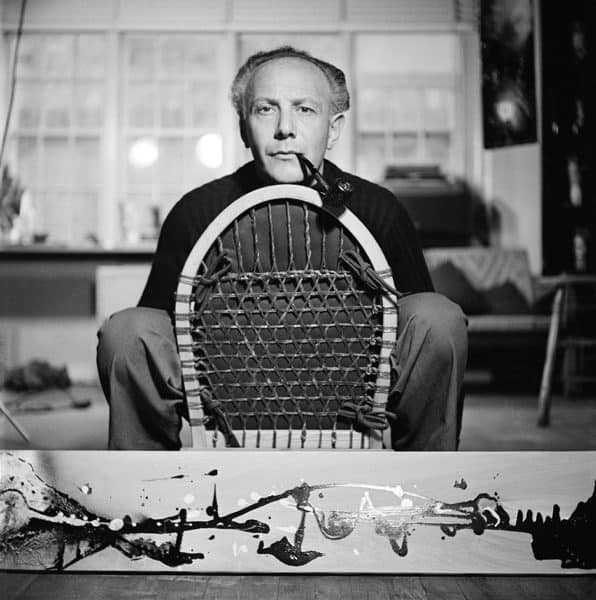
description
An American artist and sculptor of Italian origin. Enrico Donati is considered the last of Surrealists, who lived a long and fruitful life, full of creative experiments and achievements.
The artist began his career in the field of fine art rather late. He tried his hand in music, writing avant-garde compositions in Montparnasse, showed interest in anthropology and participated in an expedition to study the culture of ancient Indians, was engaged in commercial activities, and only at the age of 30 started painting seriously. Deciding to devote his life to painting, Donati joined the circle of Surrealists, a movement that was at the peak of its popularity in Paris.
After the Second World War began, the artist, like many of his colleagues, moved to the United States. Here he, in his own words, “found himself anew”, starting to experiment with various materials and inventing completely new painting technologies. In order to create the necessary texture in his works, Donati used such materials as sand, dust, coffee beans and a wide variety of objects. In some of his works, he even used the contents of his vacuum cleaner, arguing that almost any thing could become a true art. Later, when surrealism lost relevance, he clearly showed his talent in such art movements as Constructivism and Abstract Expressionism.
Key ideas:
– Enrico Donati stood out among other Surrealists thanks to the maximum open access to his subconscious. While many artists needed special mood to use the “automatic writing” without using their mind, he easily retrieved the required images from his inner world. This quality impressed Andre Breton, who instantly accepted Donati and invited him to join the circle of Parisian Surrealists.
– Images in the paintings of Donati, built on random associations and the free flow of the subconscious seem to be chaotic and occasional. However, it is not so. The author carefully plans each work, as it is seen in his numerous paintings and sketches for his future canvases. While working on one or the other painting, the artist also used random effects that did not contradict the overall design of the painting. Despite the ambiguity and symbol uncertainty in his paintings, Donati’s works cause a direct emotional response from the viewer and always find a way to his feelings.
– The artist often used the technique of “fluid art”, pouring diluted paints on canvas and letting them create fancy random patterns, spreading over the surface. Despite the fact that representatives of Abstract Expressionism already used this method, Donati’s paintings differed in their originality, purely surreal mystery and depth of space.
– The artist was always interested in the transition from life to death and cyclical revival process, which regularly happens in the nature and is reflected in the art and myths of different countries. Donati studied American Indian culture and was impressed by the way in which old legends and nature are connected between each other. Irrespectively of the style and method of his paintings, the artist always strived to reflect this harmonious interconnection in his art.
1909
1928
1934
1936
1939
1947
1950
1961
2008
The birth of the artist
Entered the University of Pavia

Moved to the USA

Decided to return to Europe

The artist returned with his family to the USA
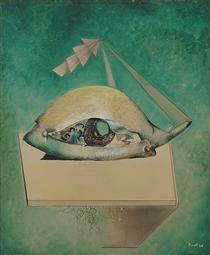
He became one of the organizers of the International exhibition of Surrealists in Paris
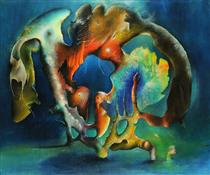
The artist started experimenting with the surface and structure of the canvas
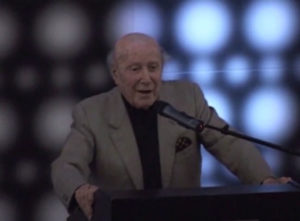
The large exhibition of Donati’s paintings was held at the Museum of Fine Arts of Brussels
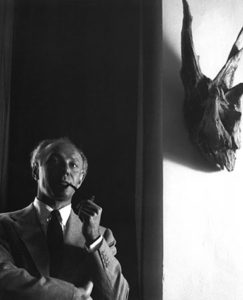
The death
